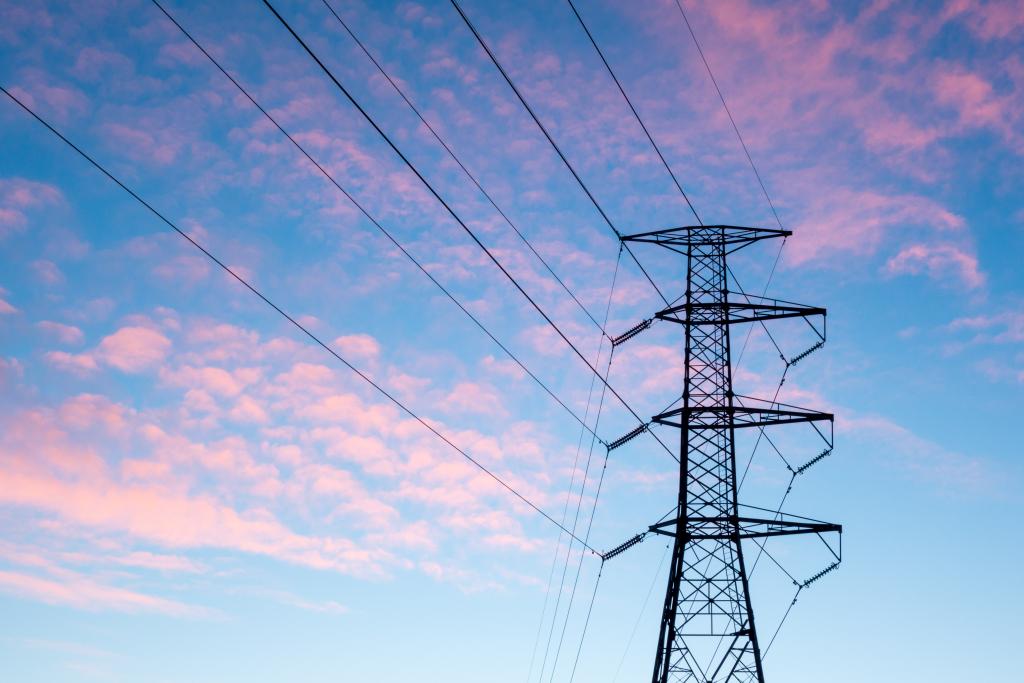Invention Reference Number
Related Links
Inventors
Licensing Contact

Summary
Knowing exact locations of power grid infrastructure is essential to understand impacts of weather or other disturbances. However, most power systems models do not include bus and substations location making it difficult to analyze impacts of events. The Eastern Interconnect, for example, has 88,000 buses connecting transmission lines and substations. Analysis and visualization of power systems behavior depends on the geographic location of the different components. Understanding weather events requires knowledge of the location of the different substations in the system, in order to assess the grid behavior and identify the most impacted areas. Also, location of renewable energy resources is important to analyze the availability of the resources and the dependency of the system to renewable resource availability. This invention is a tool that maps locations of grid infrastructure.
Description
Power systems models are continuously updated to reflect changing infrastructure and modeling techniques. Open source geographic locations of power systems infrastructure do not include attributes that directly tie to a specific electrical model. Moreover, relationships established between electric models and geospatial data sets are not applicable to a future model because of nomenclature changes and architecture changes. This tool allows for each model to automatically calculate the location of different buses based on the branch connections and distances to known locations. Existing geographic data is manually derived and maintained. The algorithms in this invention provide the ability to compute the geospatial attributes of a model based on a set of known locations and system architecture. If one wanted to trace the path of a hurricane and estimate its impact, for example, one would need to know the locations of grid components, and the length and right of way of the transmission lines. This is also true for renewable resources. The invention uses triangulation to determine locations. Also, the tool affords opportunity to plot geographically for planning. Plotted in a geographic proportional way, one can see impact and can know if there is a problem, and how big. The tool describes a linearization step around a reference point to allow the transformation of coordinates from degree latitude and longitude to linear coordinate in a XY plan with a reference X=0, Y=0 corresponding to a reference point which is the median of the geo locations for the data set of interest.
Applications and Industries
- Utilities
- Power system software developers
- Government agencies
Benefits
- Maintain electrical grid operation during and after events
- Identify geographic location of power grid components
- Identify branch connections and distances to known locations
- Identify availability and impact to renewable resources


